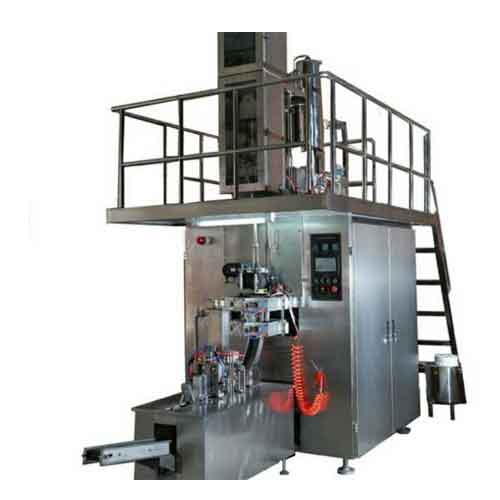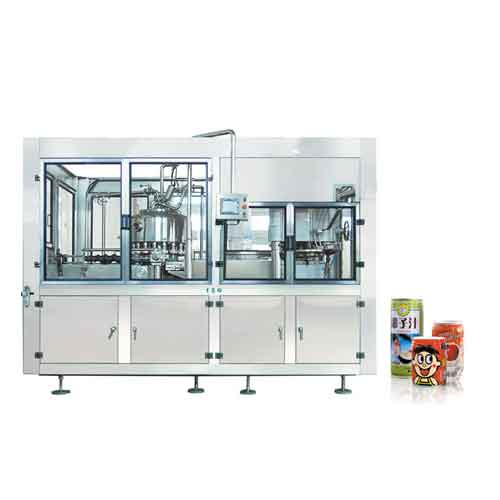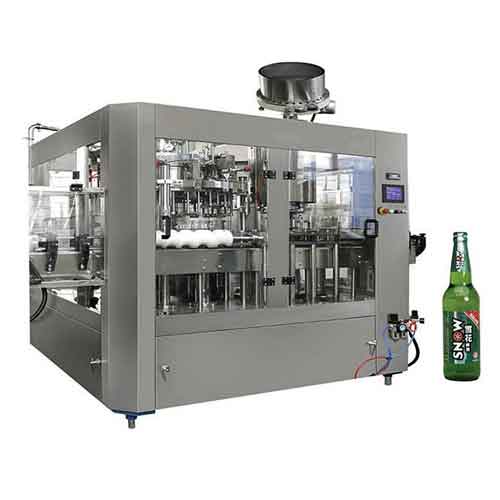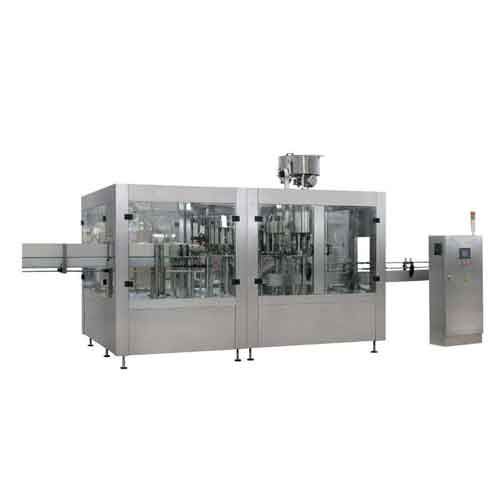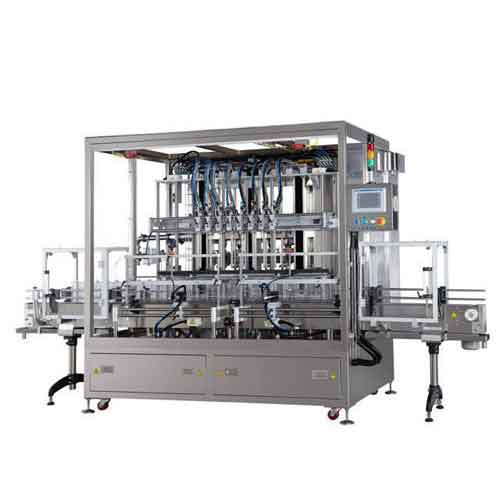Before the operation of any equipment, installation and debugging is an essential link. The result of installation and debugging directly affects the operation efficiency of the equipment in the later period. How to do the installation and debugging work of the juice filling production line well? As a long-time food machinery practitioner, I recommend that you follow the following steps:
1. On-site assessment:
2. Equipment inspection and verification:
4. Professional installation team:
5. Straighten and level:
6. Electromechanical connection:
7. Lubrication and testing:
9. Calibration and adjustment:
10. Training and documentation:
11. Job Evaluation:
Following the above steps, you can ensure the successful installation and commissioning of your juice filling line, which can greatly improve your production efficiency and production capacity, laying the foundation for efficient and high-quality juice filling production.
Our company has been engaged in food machinery customization services since its establishment in 2014, according to customer needs for you to tailor suitable machinery and equipment, for more product information, please refer to: https://www.hnunmachinery.com/product/;Our expertise and advantages will bring you more opportunities and development space.
For personalized, industry-tailored advice and to explore state-of-the-art solutions, please don't hesitate to contact us at jodie@unmachinery.com or info@unmachinery.com
The following is my summary of other juice filling production related content for your reference, I hope you do not take a detour.
1.What are the models of juice filling machines?
2.How to maintain juice filling machines?
3.Exploration of juice filling production technology.
4.What equipment does juice filling production line need?
5.How to choose the right juice filling line?
6.How to conduct on-the-job training for operators of juice filling production equipment?
7.Juice filling equipment operation safety knowledge
1. On-site assessment:
- Carry out a comprehensive evaluation of the installation site to ensure that the installation site is level and stable and to avoid structural stress on the equipment.
- Assess available space, environmental conditions and electrical infrastructure to ensure that adequate space is provided around each machine for maintenance, operation and safe access, as well as easy access to water, electricity and other utilities required for the operation of the equipment.
- Confirm the site again to ensure that the site meets the specifications for the best mechanical properties.
2. Equipment inspection and verification:
- Comprehensive inspection: Before installation, check all parts of the equipment for damage during transportation, and confirm the integrity of the electrical connections to ensure that they are in the best condition.
- Conforming to specifications: Verify that each piece of equipment meets the specifications listed in the manufacturer's documentation.
- Make sure all the necessary tools and spare parts are ready to go to ensure a smooth installation process.
- Plan and execute the correct alignment of production line units to ensure that people, machines and logistics are in sync.
- Consider workflow efficiency, security, and maintenance accessibility in the positioning process.
- Ensure logical flow in operations to improve overall productivity.
4. Professional installation team:
- Experienced personnel: Arrange skilled technicians or engineers familiar with the specific equipment to supervise the installation process.
- Follow guidelines: Ensure that the installation team is following the manufacturer's installation guidelines and standards to the fullest extent possible.
5. Straighten and level:
- Precision alignment: Precisely align machines and components to ensure seamless operation and prevent undue pressure on equipment.
- Proper levelling: Use precision instruments to ensure all equipment is level and securely secured.
6. Electromechanical connection:
- Professional wiring: Ensure that electrical connections are made by qualified electricians and that local electrical codes are followed.
- Safe mechanical fastening: Verify that all mechanical connections are tightened according to specifications to prevent vibration-related problems.
- Final check: Make sure all electrical components are properly connected.
7. Lubrication and testing:
- Proper lubrication: Use the appropriate lubricant specified by the manufacturer to reduce friction and ensure smooth operation.
- Equipment calibration: According to the specific requirements of juice filling equipment calibration. Calibrate all sensors, control and measurement equipment to ensure accurate operation.
- Pre-run testing: A thorough pre-run inspection is conducted prior to full production, rigorously testing each component to ensure its functionality and performance to identify and correct any potential problems.
- Safety guards and equipment: Install all safety guards and equipment specified by the manufacturer to protect personnel during operation.
- Emergency stop system: Ensure that an emergency stop system is installed at a key location to stop the equipment immediately.
9. Calibration and adjustment:
- Accurate calibration: According to the problems arising during the test process, the equipment is calibrated to solve any problems or deviations.
- Fine adjustment: Adjust the Settings and parameters according to the test results and the specific requirements of the juice filling production process.
10. Training and documentation:
- Training: Organize comprehensive training for operators and maintenance personnel to familiarize them with the equipment.
- File maintenance: Keep detailed records of the installation, calibration, and commissioning processes for future reference.
11. Job Evaluation:
- Performance evaluation: After commissioning, the performance of the equipment is comprehensively evaluated to ensure that the equipment reaches the production target.
- Resolve issues: Resolve any identified issues in a timely manner to prevent downtime and maintain optimal production levels.
Following the above steps, you can ensure the successful installation and commissioning of your juice filling line, which can greatly improve your production efficiency and production capacity, laying the foundation for efficient and high-quality juice filling production.
Our company has been engaged in food machinery customization services since its establishment in 2014, according to customer needs for you to tailor suitable machinery and equipment, for more product information, please refer to: https://www.hnunmachinery.com/product/;Our expertise and advantages will bring you more opportunities and development space.
For personalized, industry-tailored advice and to explore state-of-the-art solutions, please don't hesitate to contact us at jodie@unmachinery.com or info@unmachinery.com
The following is my summary of other juice filling production related content for your reference, I hope you do not take a detour.
1.What are the models of juice filling machines?
2.How to maintain juice filling machines?
3.Exploration of juice filling production technology.
4.What equipment does juice filling production line need?
5.How to choose the right juice filling line?
6.How to conduct on-the-job training for operators of juice filling production equipment?
7.Juice filling equipment operation safety knowledge

